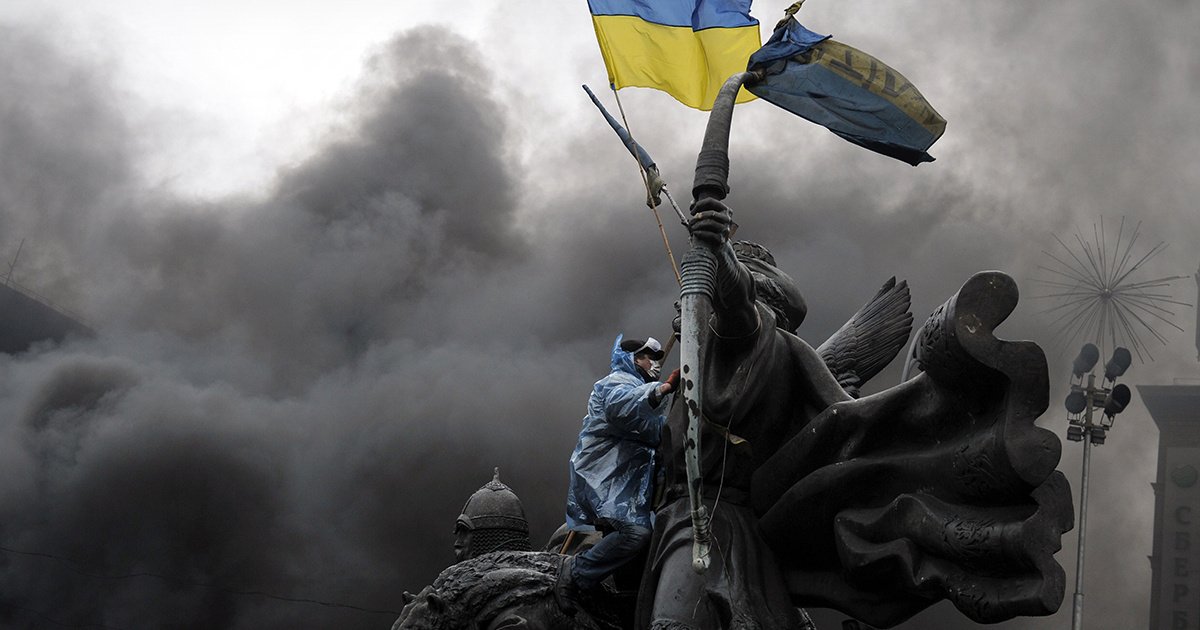How the Russian-Ukraine Conflict is Affecting Global Markets

Russia's invasion of
Ukraine poses significant risks to a global economy still recovering from the
effects of the COVID-19 pandemic.
The war appears to be Europe's
most serious conflict since 1945. As residents fled, Russian forces carried
extensive airstrikes, grabbed army bases, and pushed toward Kyiv. According to
Western sources, the capital might fall at any time now that its air defenses
have been removed.
The size of the hit to
the global economy will be determined by the length and extent of the conflict,
the harshness of Western sanctions, and the probability of Russian retaliation.
Other twists are possible, ranging from a mass outflow of Ukrainian migrants to
a wave of Russian cyberattacks.
The attack came after
weeks of unrest that had already shook the global economy by raising oil
prices. On Thursday, the pace picked up. Oil momentarily surpassed $100 per
barrel for the very first time since 2014, while European natural gas prices
soared by as much as 62%.
Western governments have
taken moves to penalize Russia as Ukraine struggles for survival. They
understand that doing so, they risk exacerbating the conflict's economic
impact.
US President Joe Biden,
who imposed further restrictions on Russia's institutions and ability to trade
in dollars on Thursday, has cautioned that there will be a cost at home, where
high gas prices are already undermining his support among voters.
High inflation and
nervous financial markets have left the global economy vulnerable as a result
of the pandemic. Both could be exacerbated by the invasion's aftershocks.
How global markets have
been affected so far
U.S. stocks saw a sharp drop on Tuesday following the growing tension between Russia and Ukraine as investors assessed the impact of the Western sanctions on Russia.
The S&P 500 fell 1.55
percent to 4,306.19, while the Dow Jones Industrial Average fell over 600
points, or 1.77 percent, to 33,293.96, its lowest level since February 17. The
Nasdaq Composite fell 1.59 percent to 13,532.46 points. The 10-year U.S.
Treasury index, which fell to 1.7 percent, was also affected by losses. The Dow
and S&P 500 have had their worst starts to the year since 2020. In
addition, the Nasdaq had its worst January and February since 2009.
On Tuesday, financials
led the way down, with the XLF falling 3.66 percent to its lowest level since
June 2020.
The Nikkei 225, Japan's benchmark stock index, rose 2.0% to 26,476.50 in Asian trading. The S&P/ASX 200 index in Australia gave up some of its early gains to settle 0.1 percent higher at 6,997.80. The Kospi index in South Korea increased by 1.1 percent to 2,676.76. The Hang Seng in Hong Kong fell 0.6% to 22,767.18, while the Shanghai Composite increased 0.6% to 3,451.41.
Energy sector
In electronic trading on
the New York Mercantile Exchange on Friday, benchmark US crude was up 59 cents
at $93.40 per barrel. Brent crude, the international benchmark for oil prices,
rose $1.08 to $96.50 per barrel.
Likewise, WTI crude oil jumped 10% to $105 per barrel, its highest level since 2014, as investors worried about disruptions in the oil and gas sector.
As the Russia-Ukraine war escalates, traders in the United States return their focus to the Federal Reserve and its intention to raise interest rates as soon as possible. The escalating situation in Ukraine has fueled speculation that geopolitical tensions would derail the Federal Reserve's plans for an aggressive first rate hike. Investors have begun pricing in a 0% chance of a rate hike this month and a miniscule likelihood of no hike at all.
Since Europe's economy is
more intimately linked to Russia and Ukraine, energy prices have risen faster
in Europe than in the United States. Natural gas spot prices in Europe have
increased by more than 50%.
According to Swissquote
Bank SA's Ipek Ozkardeskaya, market participants may be wagering that the
crisis will hinder central banks' efforts to temper inflation by hiking
interest rates and removing other forms of support for pandemic-affected
nations.
“But in reality, it's
about volatility, high volatility that results from a high-voltage
environment," Ozkardeskaya wrote in a commentary.
“This morning, the US
equity futures are again in the red. It's impossible to tell what direction the
market will take in the next five minutes. The only certainty is uncertainty,
and this is how it will be for the next couple of sessions unfortunately."


Be the first to comment!
You must login to comment